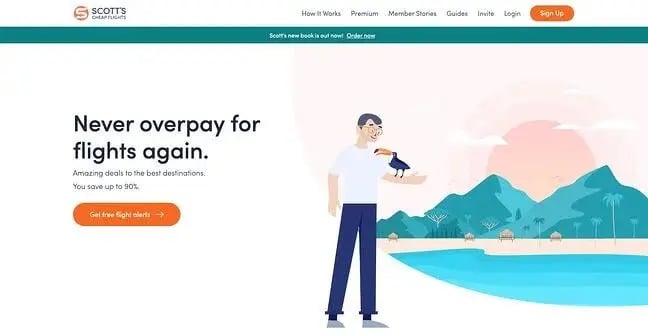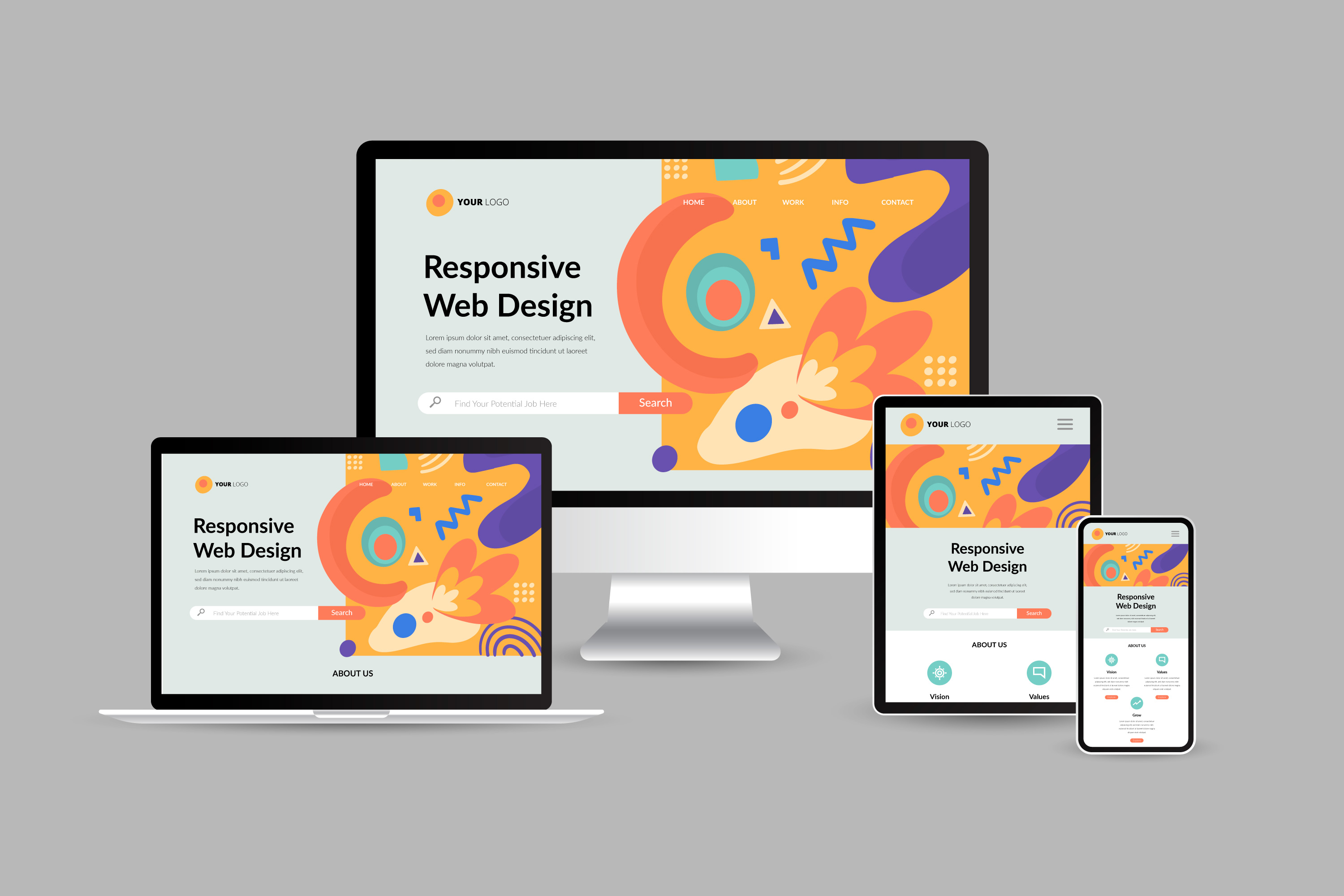Crucial Tips for Crafting High-Impact Web Site Layouts
In the world of digital advertising and marketing, the design of an internet site serves as a critical touchpoint for engaging possible clients. To develop high-impact site styles, one should think about necessary components such as audience understanding, individual experience, and visual hierarchy.
Understand Your Target Market

To properly comprehend your target market, begin by conducting demographic analyses to gather information on age, gender, area, and interests - website design. This information functions as a foundation for creating user identities, which represent the key characteristics of your target audience. These personas guide decision-making in layout elements and web content technique, guaranteeing positioning with individual assumptions
Additionally, analyzing user behavior through tools like Google Analytics can expose exactly how visitors connect with your site. Metrics such as bounce rates and time on web page can highlight areas that need enhancement or change. Individual surveys and comments additionally supply invaluable understandings right into preferences and pain points.
Inevitably, a deep understanding of your audience is not simply valuable yet essential. It empowers designers to develop even more relevant, attractive, and useful websites that promote a favorable individual experience and drive desired end results.
Prioritize User Experience
When developing a website, focusing on user experience (UX) is critical to attaining both user fulfillment and company goals. A well-crafted UX ensures that visitors can navigate the website effortlessly, locate the information they need, and involve with material efficiently. To accomplish this, it is essential to adopt a user-centered design method that involves understanding customer needs, preferences, and habits.
Beginning by conducting comprehensive research study, including customer studies and usability screening, to collect insights right into exactly how users connect with your site. This information need to notify style decisions, guaranteeing that formats and attributes align with individual assumptions. Streamlined navigation is vital; site visitors ought to be able to locate details swiftly without unnecessary clicks or confusion.
In addition, take into consideration the filling speed of your web site. A slow-loading site can cause high bounce prices, adversely affecting customer experience. Maximize manuscripts and photos to improve efficiency.
Last but not least, make sure that your web site is obtainable to all users, including those with impairments. Sticking to availability criteria not just broadens your target market but also promotes inclusivity. By prioritizing UX, you lay the foundation for a successful site that meets both individual needs and organization objectives.
Embrace Visual Pecking Order
A well-structured visual power structure plays a considerable duty in enhancing user experience by assisting visitors' interest to the most essential aspects of a site (website design). By strategically preparing content, developers can create a clear path for individuals to follow, ensuring they involve with important details effectively
To execute visual hierarchy, beginning by using dimension and scale. Bigger elements naturally draw the eye, making them best for headings or contacts us to action. Complement this with contrasting colors that highlight essential areas, as dynamic learn the facts here now colors can create focal points that capture attention.
Additionally, the positioning of aspects on the page is essential. Leading the viewer's look via the format can be attained by positioning crucial details at the top or in the facility, where individuals normally start their aesthetic trip. Integrating whitespace around elements can additionally enhance quality, making it less complicated for customers to refine info without really feeling bewildered.
Finally, employing typography efficiently adds to visual pecking order. Various font style weights, dimensions, and designs can denote relevance, guiding customers with the link web content perfectly. By welcoming these principles, designers can create an instinctive experience that cultivates engagement and motivates users to discover further.
Optimize for Mobile
Mobile optimization is necessary in today's electronic landscape, as a considerable portion of web website traffic originates from mobile devices. To make certain a seamless customer experience, internet sites must be made with mobile users in mind. This involves utilizing responsive website design strategies that adjust the format, pictures, and text to fit numerous screen sizes while preserving functionality and looks.

Touch targets, such as web links and buttons, should be suitably sized, guaranteeing they are quickly tappable without errors. Ensure that kinds are mobile-friendly by decreasing input areas and using dropdowns where appropriate, simplifying the individual experience.
Finally, examination your web site throughout various mobile devices and browsers to determine any concerns that might affect functionality. By focusing on mobile optimization, you not just improve user satisfaction but also positively impact your website's online search engine position, thus drawing in more site visitors and enhancing overall engagement.
Implement Strong Branding
A well-defined brand name not only differentiates you from competitors however likewise cultivates trust fund and commitment among your target market. This identification ought to be reflected continually throughout all electronic touchpoints, including your site, social media, and email interactions.
Visual elements such as logos, shade plans, and typography play a critical function in branding. Choose a color palette that reverberates with your target market and mirrors your brand individuality. Make certain that your logo design is functional and plainly displayed on your website, boosting brand name recognition.
Content is just as crucial; your tone of voice should line up with your brand name identification, whether it's professional, pleasant, or index authoritative. Engaging narration can even more enhance your brand name, creating an emotional link with customers.
Verdict
Finally, crafting high-impact web site styles demands a diverse technique that includes recognizing the target market, focusing on customer experience, and embracing aesthetic pecking order. Optimization for mobile devices continues to be necessary, alongside the application of solid branding approaches. By incorporating these components, websites can successfully engage users, facilitate smooth navigating, and foster psychological links that boost brand name identification. Inevitably, adherence to these concepts contributes to the creation of effective and compelling digital experiences that resonate with target audiences.
To develop high-impact site layouts, one must consider important elements such as audience understanding, user experience, and aesthetic hierarchy.When creating a web site, prioritizing customer experience (UX) is extremely important to attaining both customer satisfaction and service purposes.Beginning by performing thorough study, consisting of customer surveys and functionality screening, to gather insights right into just how customers engage with your site. To make sure a seamless customer experience, internet sites should be created with mobile users in mind.In final thought, crafting high-impact internet site designs necessitates a multifaceted technique that encompasses understanding the target market, prioritizing user experience, and welcoming aesthetic power structure.